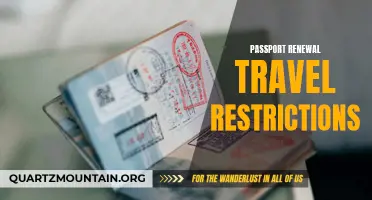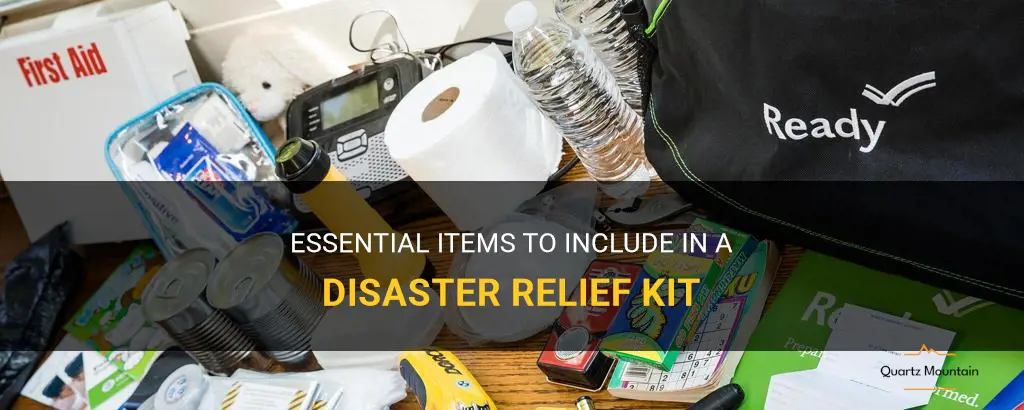
In times of natural disasters and emergencies, having a well-prepared disaster relief kit can mean the difference between life and death. Whether it's a hurricane, earthquake, or any other unforeseen catastrophe, having essential items on hand can provide comfort, safety, and even save lives. From basic necessities like food and water to essential tools and medical supplies, this comprehensive guide will walk you through the must-have items to include in your disaster relief kit. Don't wait until it's too late – be prepared and equipped to face any disaster head-on.
| Characteristics | Values |
|---|---|
| Food | Non-perishable |
| Water | At least 1 gallon per day |
| Shelter | Tents, tarps |
| Clothing | Warm layers |
| Basic toiletries | Toothbrush, soap, towel |
| First aid supplies | Bandages, medication |
| Flashlight and batteries | |
| Communication | Portable radio, batteries |
| Money | Cash |
| Important documents | Identification, insurance |
| Tools | Multi-tool, duct tape |
| Personal items | Comfort items |
| Pet supplies | Food, water, leash |
What You'll Learn
- What are the most important items to include in a disaster relief kit?
- How much food and water should be packed in a disaster relief kit?
- Should a disaster relief kit include any medications or first aid supplies?
- What types of clothing and shelter items should be packed in a disaster relief kit?
- Are there any additional items that should be considered for inclusion in a disaster relief kit, such as communication devices or personal documents?

What are the most important items to include in a disaster relief kit?
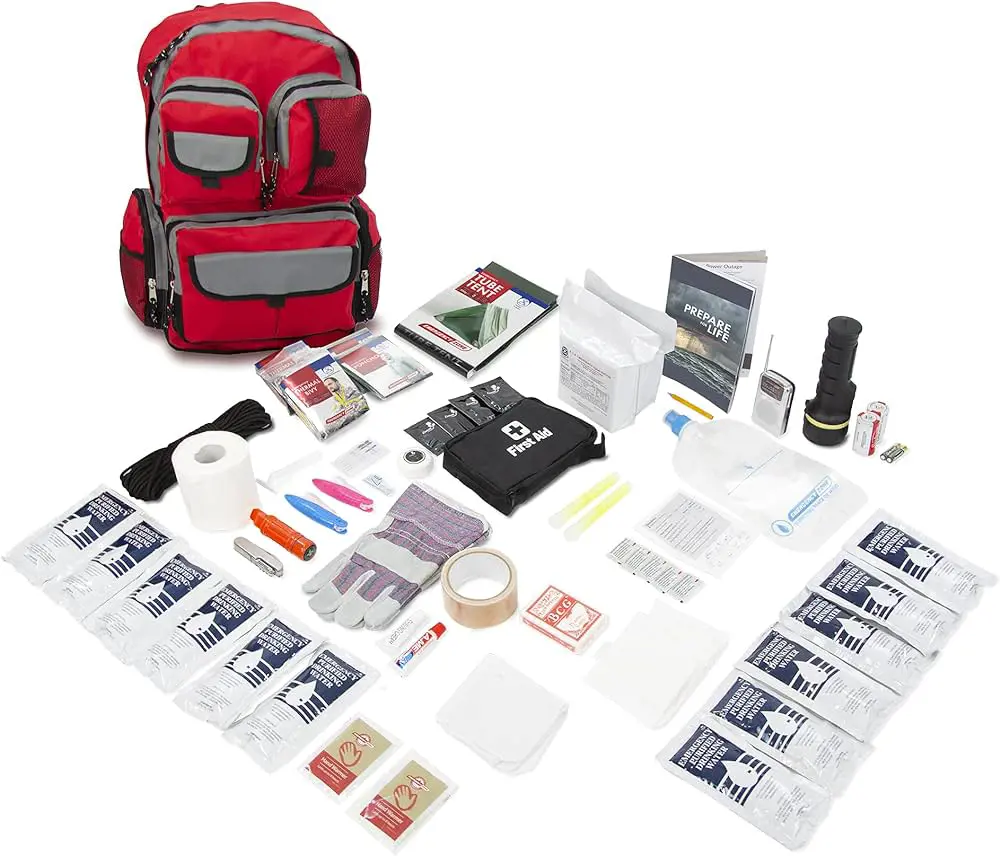
A disaster relief kit is an essential resource that can help individuals and families in times of emergencies. Whether it's a natural disaster like a hurricane or an unexpected event like a power outage, having a well-prepared disaster relief kit can make a significant difference in ensuring your safety and comfort. Below, we will discuss the most important items to include in a disaster relief kit.
- Water: Water is the most crucial item to include in a disaster relief kit. It is recommended to have at least one gallon of water per person per day for at least three days. In emergency situations, clean drinking water may not be readily available, so it's essential to include enough water to sustain yourself and your family.
- Non-perishable food: Along with water, non-perishable food items should be included in your disaster relief kit. Items like canned goods, energy bars, and dried fruits can provide nutrition and energy during emergencies when fresh food may not be accessible.
- Medications and First Aid supplies: It's crucial to include a sufficient supply of necessary medications in your disaster relief kit. Additionally, a first aid kit containing bandages, antiseptic solution, pain relievers, and other basic medical supplies should be included to address minor injuries that may occur during emergencies.
- Flashlight and extra batteries: A flashlight is a necessity during power outages or situations when visibility is limited. Make sure to include extra batteries to ensure that the flashlight remains functional throughout the emergency.
- Personal hygiene items: In times of disaster, access to basic personal hygiene items may be limited. Including essentials like toilet paper, hand sanitizer, soap, and toothbrushes can help maintain cleanliness and prevent the spread of diseases.
- Emergency blankets and clothing: In situations where shelter may be compromised, having emergency blankets or sleeping bags can provide warmth and protection from the elements. Additionally, including extra clothing suitable for the weather conditions can be beneficial.
- Multi-purpose tools: Including a multi-purpose tool like a Swiss Army knife or a multi-tool can come in handy in various situations. These tools often have features like knives, screwdrivers, and can be useful for various tasks during emergencies.
- Cash and important documents: It's recommended to have some cash in small denominations in case ATMs or electronic payment systems are unavailable. Additionally, keeping important documents like identification cards, insurance policies, and emergency contact information in waterproof bags can help facilitate communication and access to resources.
- Communication devices: In times of emergencies, communication is key. Including a battery-powered or crank-operated radio can provide access to important news and updates. Additionally, having a charged power bank for your mobile phone can help stay connected during extended power outages.
- Entertainment items: While not essential for survival, including items like playing cards, books, or puzzles can help alleviate stress and provide a distraction during challenging times.
It's important to note that disaster relief kits should be customized based on individual needs and circumstances. Consider factors like the size and specific requirements of your family members and the potential hazards in your area while preparing your kit. Additionally, it's crucial to regularly check and update your disaster relief kit to ensure that all items are in good condition and up to date. By being well-prepared and having a comprehensive disaster relief kit, you can increase your chances of staying safe and comfortable during emergencies.
Essential Items to Pack for Your Trip to Sicily
You may want to see also

How much food and water should be packed in a disaster relief kit?
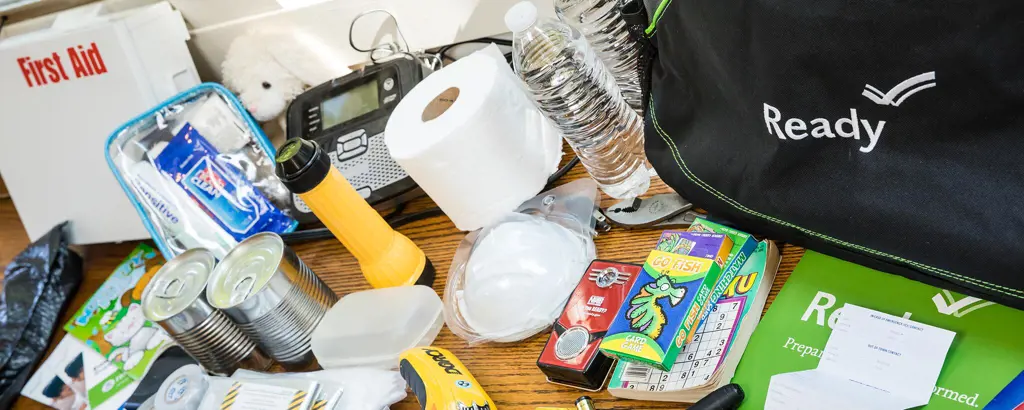
A disaster relief kit is an essential tool for survival during emergencies. However, it is crucial to understand how much food and water should be packed in such a kit to ensure adequate sustenance until help arrives. This article will provide scientific recommendations, drawing from experiences of disaster relief organizations and provide step-by-step guidance on preparing an effective disaster relief kit.
Scientifically, the general guideline for emergency preparedness is to have enough food and water to sustain oneself for at least three days. The Federal Emergency Management Agency (FEMA), a US government agency responsible for disaster response and relief, suggests packing a minimum of one gallon (3.8 liters) of water per person per day. This includes water for drinking, cooking, and personal hygiene. For a family of four, this would amount to 12 gallons (45.4 liters) of water for a three-day supply.
In terms of food, FEMA advises including non-perishable items that require little to no preparation. Examples of such food items include canned goods, dry fruits, nuts, granola bars, and ready-to-eat meals. It is recommended to aim for a total of 2,000-2,400 calories per day for adults, but this may vary depending on individual needs and physical exertion during the emergency. Including a variety of food items that are high in calories and provide essential nutrients is essential for sustaining energy levels.
When preparing a disaster relief kit, it is vital to consider the specific needs and dietary restrictions of individuals in your household, such as allergies or medical conditions. Additionally, it is crucial to pack a manual can opener and disposable utensils to ensure access to the food and water.
Based on the experiences of disaster relief organizations, it is also advisable to include additional resources in your relief kit. These may include water purification tablets or filters, which can help make water safe for drinking if the supply runs out or becomes contaminated. A small portable stove or camping stove along with fuel can also be beneficial for cooking or heating food if necessary.
Moreover, emergency food supplies should be regularly checked and rotated to ensure freshness and suitability for consumption. The expiration dates on canned goods and other packaged foods should be monitored, and replacements should be made as needed.
To summarize, when preparing a disaster relief kit, it is recommended to pack a minimum of one gallon of water per person per day for a three-day supply. For food, include non-perishable items that are easy to prepare and provide adequate calories and nutrients. Consider individual dietary needs and restrictions, and include additional resources such as water purification tablets and a portable stove. Regularly monitor and replace expired food supplies to ensure freshness and effectiveness.
By following the scientific recommendations, drawing from experiences of disaster relief organizations, and considering individual needs, you can prepare an effective disaster relief kit that will help sustain you and your family during emergencies. Remember, being prepared is key to survival during times of crisis.
Essential Items to Pack for a Hospital Stay After Hysterectomy
You may want to see also

Should a disaster relief kit include any medications or first aid supplies?
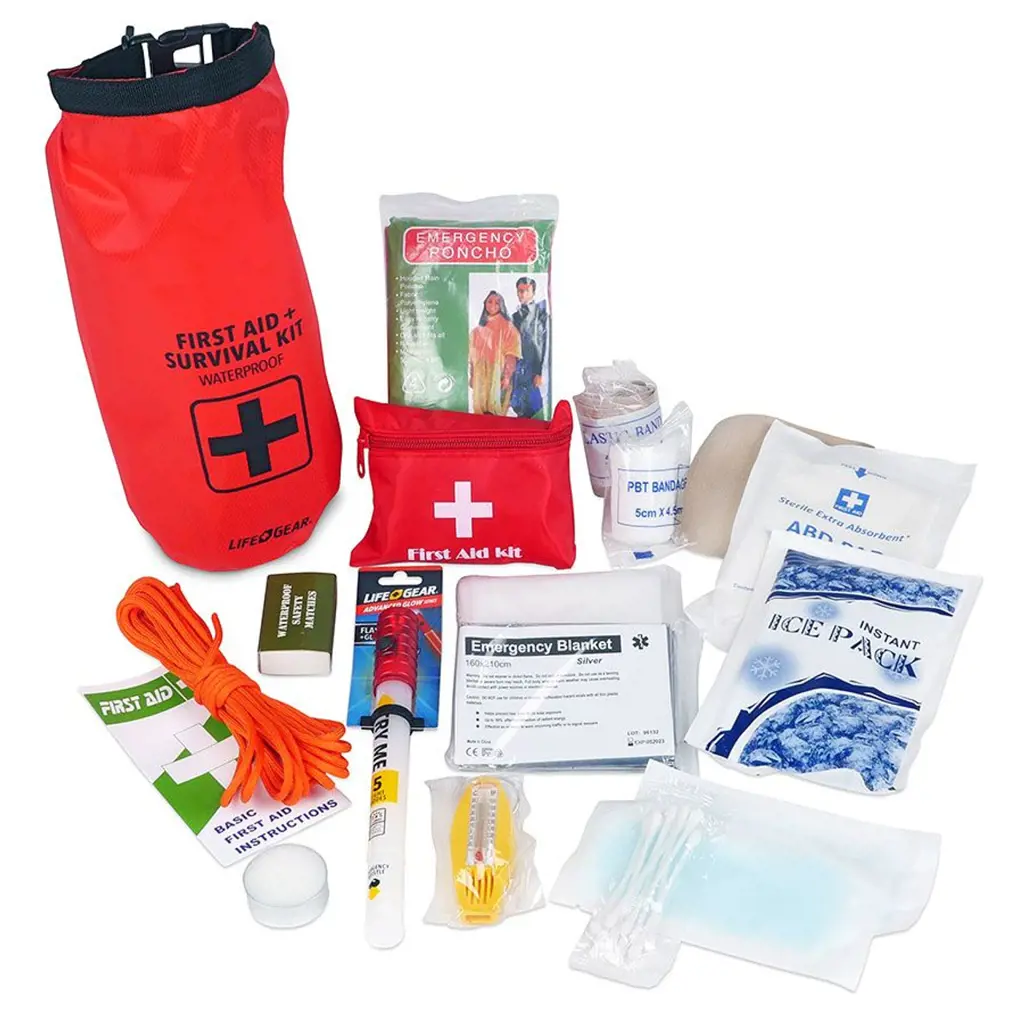
Disasters, whether natural or man-made, can strike at any time and often without warning. In these situations, having a well-prepared disaster relief kit can make a significant difference in the outcome for individuals and families. While a disaster relief kit should include a variety of essential items such as food, water, and basic tools, it is crucial to include medications and first aid supplies as well.
One of the primary considerations when assembling a disaster relief kit is the potential for injuries. In the aftermath of a disaster, individuals may encounter hazardous conditions and may be at a higher risk of sustaining injuries. Therefore, including first aid supplies such as bandages, dressings, cleaning solutions, and over-the-counter pain relievers can help to address minor ailments and injuries that may occur.
In addition to first aid supplies, including essential medications in a disaster relief kit is of utmost importance. For individuals with chronic conditions such as diabetes, asthma, or heart disease, having access to their prescribed medications can be a matter of life or death. These medications should be stored in a waterproof container and easily accessible in case of an emergency.
Other important medications to consider including in a disaster relief kit are pain relievers, antacids, fever reducers, and anti-diarrheal medications. These over-the-counter medications can help alleviate symptoms that may arise due to stress, contaminated food or water, or general discomfort caused by the disaster situation.
It is also important to note that disaster situations can be highly stressful and can lead to anxiety, panic attacks, or sleep disturbances. Including stress-relieving medications or natural remedies such as calming teas or essential oils in the relief kit can help individuals cope with the emotional toll of a disaster.
When assembling a disaster relief kit, it is crucial to consider the specific needs of individuals within the household. For example, if there are infants or young children present, including pediatric medications, hypoallergenic bandages, and baby-specific creams can ensure their well-being during a disaster. Similarly, individuals with allergies or specific health conditions should have their necessary medications and supplies readily available.
Lastly, it is essential to regularly check the expiration dates on all medications and first aid supplies in the disaster relief kit. Over time, medications may lose their effectiveness, and supplies may degrade, making them less useful during a disaster. Ensuring that the kit is up-to-date and replacing expired items as needed will help to guarantee that the kit remains effective when it is needed most.
In conclusion, including medications and first aid supplies in a disaster relief kit is crucial for ensuring the well-being of individuals during and after a disaster. These supplies can help to address minor injuries, alleviate symptoms of common ailments, and provide necessary medication for individuals with chronic conditions. By considering the specific needs of individuals within the household and regularly checking expiration dates, a well-prepared disaster relief kit can significantly contribute to the overall safety and well-being of those impacted by a disaster.
Essential Items to Include in Your Flood Evacuation Bag
You may want to see also

What types of clothing and shelter items should be packed in a disaster relief kit?
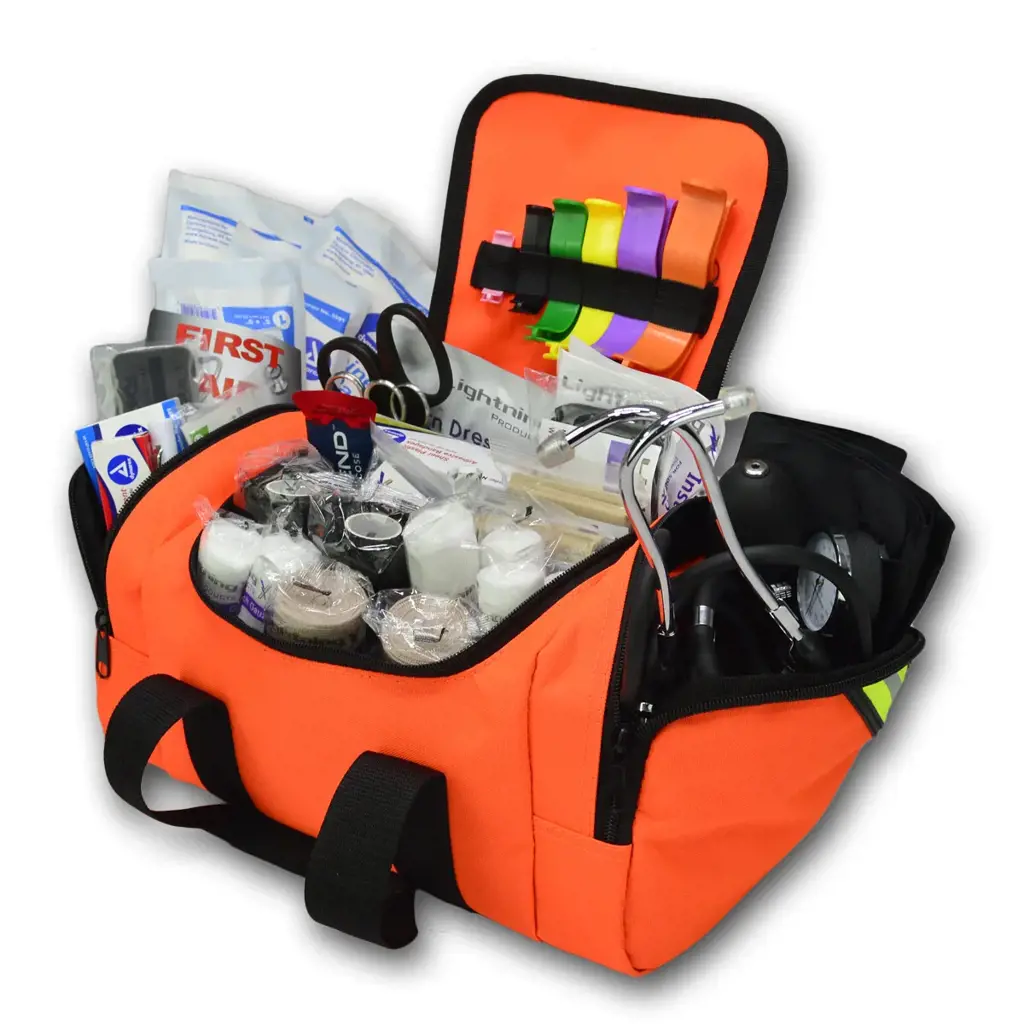
In times of disaster, having a well-stocked disaster relief kit can make a huge difference in the survival and comfort of individuals and communities affected by the event. Among the many important items that should be included in a disaster relief kit, clothing and shelter items are crucial for ensuring the safety and well-being of those in need.
Clothing:
When packing clothing for a disaster relief kit, it is essential to prioritize practicality and functionality. The clothing included should be durable, lightweight, and suitable for a variety of weather conditions. Here are some items that should be included:
A. Waterproof and insulated jackets: A waterproof jacket will provide protection against rain and harsh weather conditions, while an insulated jacket will help keep individuals warm in colder temperatures.
B. Layered clothing: Packing layers of clothing such as long-sleeve shirts, sweaters, and thermal underwear can help individuals adapt to varying weather conditions and maintain their body temperature.
C. Sturdy shoes: Comfortable and durable shoes are essential in disaster situations, as individuals may need to walk long distances or navigate through debris. It is recommended to pack sneakers or hiking boots that can withstand rough terrains.
D. Socks and underwear: Packing extra sets of socks and underwear is important for maintaining hygiene and comfort.
E. Hats and gloves: These items provide protection against the cold, rain, and potential injuries. Including both warm hats and lightweight hats for sun protection is advisable.
Shelter items:
Having proper shelter is crucial during a disaster, especially when individuals may not have access to safe and secure buildings. Here are some essential shelter items that should be included in a disaster relief kit:
A. Tents or tarpaulins: Packing lightweight and easy-to-assemble tents or tarpaulins can provide temporary shelter for individuals who have lost their homes or need to evacuate. These items should be waterproof and sturdy.
B. Sleeping bags and blankets: Providing individuals with a comfortable sleeping environment is vital for their well-being. Sleeping bags that are lightweight, compact, and designed for colder temperatures are ideal.
C. Emergency shelter kits: Including items such as ropes, duct tape, and nails can be helpful for individuals to construct temporary shelters using available resources in the affected area.
D. Portable heaters and fans: Depending on the climate and season, it may be necessary to include portable heaters or fans in the disaster relief kit to ensure individuals can stay warm or cool, respectively.
E. Personal hygiene items: In addition to clothing and shelter, it is important to include personal hygiene items such as toilet paper, soap, hand sanitizer, and feminine hygiene products. Maintaining hygiene can help prevent the spread of diseases and promote overall well-being.
It is crucial to consider the specific needs of the affected population when packing clothing and shelter items in a disaster relief kit. Factors such as the climate, terrain, and cultural preferences should all be taken into account. Regularly reviewing and updating the kit based on changing needs and seasons is also essential to ensure the items remain useful and effective in providing relief during disasters.
Essential Items for a Successful Deployment: The Ultimate Packing Guide
You may want to see also

Are there any additional items that should be considered for inclusion in a disaster relief kit, such as communication devices or personal documents?
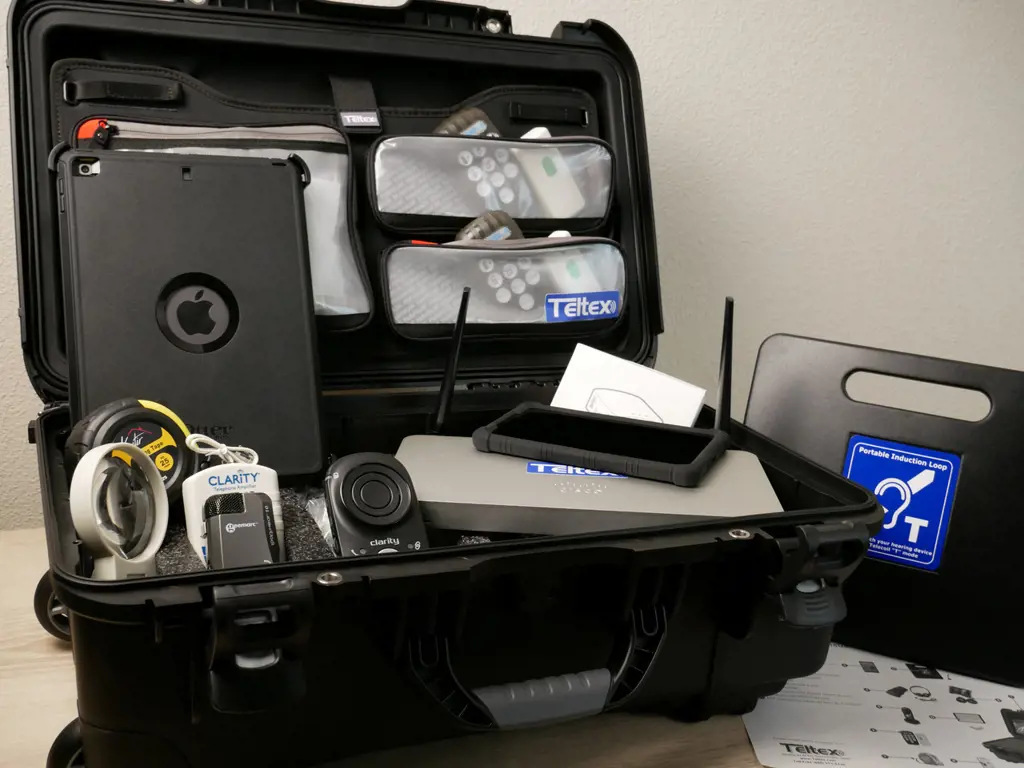
Disaster relief kits are essential for the safety and well-being of individuals during times of crises. These kits typically contain basic necessities such as food, water, and first aid supplies. However, there are additional items that should be considered for inclusion in a disaster relief kit to ensure the most comprehensive preparation. This article will discuss the importance of communication devices and personal documents in disaster relief kits and provide guidance on how to include them effectively.
Communication devices, such as a portable radio or a fully charged cell phone, are crucial in disaster situations. These devices enable individuals to stay informed about the latest developments and receive important updates from authorities. In the event of a power outage or lack of cellular reception, a hand-crank or solar-powered radio can provide a reliable source of information. It is important to include extra batteries or a portable charger for any communication devices to ensure their functionality.
Personal documents are another important inclusion in a disaster relief kit. These documents can be vital for proving identity, accessing medical records, and facilitating financial matters during or after a disaster. Examples of essential personal documents include copies of identification cards, passports, insurance policies, medical records, and banking information. These documents should be stored in a waterproof and fireproof container within the kit. Additionally, it is recommended to have digital copies of these documents saved on a secure cloud storage service for easy access and backup.
To effectively include communication devices and personal documents in a disaster relief kit, it is essential to follow a step-by-step process:
- Evaluate your specific communication needs: Consider the geographic location, potential disasters or emergencies, and the availability of communication infrastructure in your area. This will help determine the most appropriate communication devices to include in the kit.
- Choose reliable communication devices: Select communication devices that are durable, portable, and have long battery life. It is also advisable to have a backup power source, such as a solar charger or hand-crank charger, for extended periods without access to electricity.
- Gather and organize personal documents: Collect copies of all essential personal documents and organize them in a secure and easily accessible manner. This can be done by using document holders, folders, or waterproof envelopes. Label each document clearly for quick identification.
- Store documents securely: Place the personal documents in a waterproof and fireproof container within the disaster relief kit. This will ensure their protection from water damage and potential fires.
- Create digital backups: Scan all personal documents and save them in a secure cloud storage service, such as Dropbox or Google Drive. This provides an additional layer of protection and allows easy access from any internet-enabled device.
- Update documents regularly: Periodically review and update the personal documents in the disaster relief kit. This includes updating identification cards, insurance policies, and any other relevant documents to ensure their accuracy and validity.
In conclusion, including communication devices and personal documents in a disaster relief kit is crucial for comprehensive preparation. Communication devices enable individuals to stay informed and receive updates during emergencies, while personal documents facilitate identity verification and important financial transactions. Following a step-by-step process to evaluate communication needs, choose reliable devices, gather and organize personal documents, store them securely, create digital backups, and regularly update the documents will ensure the utmost effectiveness of these inclusions in a disaster relief kit.
Essential Items to Pack in a Nappy Bag for Parenting on-the-go
You may want to see also
Frequently asked questions
In a disaster relief kit, it is important to include essential items that can help you survive in emergency situations. Some essential items to pack include non-perishable food items, bottled water, a first aid kit, a flashlight, extra batteries, a battery-powered or hand-crank radio, a multi-tool or Swiss Army knife, a change of clothes, blankets or sleeping bags, personal hygiene items, and important documents such as identification, insurance papers, and contact information. It is also recommended to include any necessary medications or medical supplies specific to your needs.
When packing food and water in a disaster relief kit, it is recommended to have at least a three-day supply for each person. This includes non-perishable food items such as canned goods, granola bars, and other long-lasting snacks. It is important to choose foods that do not require refrigeration or cooking. As for water, it is advised to have at least one gallon of water per person per day for drinking and sanitation purposes. Remember to regularly check and replace any expired food or water in your kit.
Having cash in your disaster relief kit is highly recommended. During natural disasters or emergencies, ATMs may not be available or banks may be closed. Having cash on hand can help you purchase necessary items such as food, water, and supplies in case credit cards or electronic payment systems are unavailable. It is advisable to include small bills and a variety of coins, as it may be difficult to get change during a crisis.
It is important to regularly update your disaster relief kit to ensure that the items you packed are still usable and meet your needs. Check and replace expired food, water, and medications. Review your emergency contact information and update any important documents if necessary. Consider any changes in the number of people in your household or any new medical conditions that may require additional supplies. It is recommended to review and update your kit at least once a year.
Your disaster relief kit should be stored in a location that is easily accessible and known to all members of your household. It is best to keep the kit in a cool, dry place away from direct sunlight. Avoid areas prone to flooding or other potential hazards. Consider keeping a smaller version of your kit in your car or workplace in case you are away from home during an emergency. Regularly check your kit to ensure it is in good condition and all items are accounted for.




